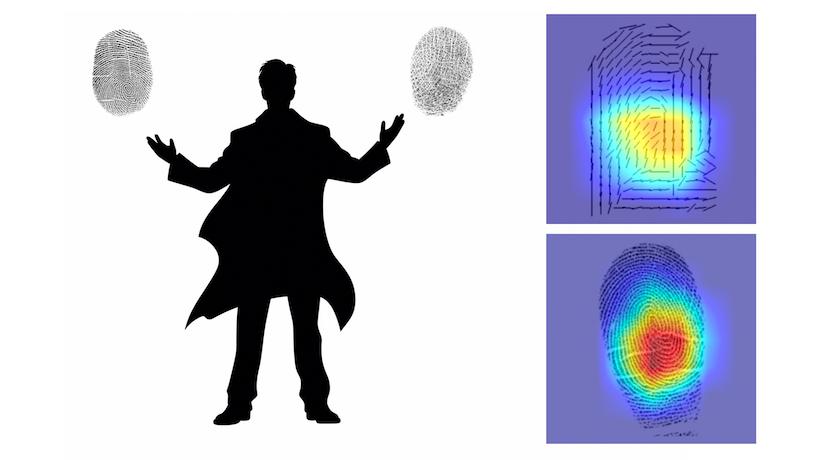Can They Drive? Addressing Driving Safety in Alzheimer’s Disease
Share IT

Launch Your Dream Website with Us!
Click Here to Get in touch with Us.
Categories
Driving safety and Alzheimer’s disease
Driving safely and Alzheimer’s disease: Getting Ahead in Life
Alzheimer’s disease is a neurological illness that worsens over time and affects memory and cognitive function. It can also make driving safer. As the illness worsens, one’s capacity to handle challenging traffic situations, make snap decisions, and respond to unforeseen circumstances may be affected. This handbook examines the connection between Alzheimer’s disease and driving, offering tools and information to support families in making decisions regarding the continued use of their loved one’s driving licence.
Thank you for reading this post, don't forget to subscribe!Table of Contents

Why Does Alzheimer’s Impair One’s Capability to Drive?
Driving safety and Alzheimer’s disease
The following are some of the factors that increase the danger of driving when having Alzheimer’s:
- Cognitive Decline: The illness affects the parts of the brain that control judgement, reaction time, and spatial awareness—all of which are essential for safe driving.
- Visual Impairments: Driving safety is further jeopardised by the increased prevalence of visual issues associated with Alzheimer’s disease, such as fuzzy vision and trouble judging distances.
- Poor Decision-Making: As the illness worsens, one’s capacity to judge the state of the road, respond to traffic signals, and make wise decisions may diminish.
- Disorientation and Getting Lost: People suffering from Alzheimer’s disease may experience difficulty navigating even well-known streets, forget common routes, and become quickly bewildered.
Finding the Warning Signs: When to Think About Giving Up Your Car
Driving safety and Alzheimer’s disease
A person with Alzheimer’s disease may no longer be able to drive safely if they exhibit any of the following symptoms:
- Getting Lost in Known Places: It’s a serious red signal when someone forgets how to return home from a known spot.
- Close calls, collisions, or moving infractions: A rise in these events points to a deterioration in driving abilities.
- Difficulty Parking or Maneuvring: Difficulty parking, staying in your lane, or reacting calmly to traffic changes are signs of poor driving abilities.
- Misunderstanding Traffic Signs and Signals: Ignoring traffic signals or misreading road signs can pose a major risk to one’s safety.
- The denial of driving difficulties: is a common symptom of Alzheimer’s disease, underscoring the importance of family members keeping a constant eye on their loved ones.
It’s crucial to remember that these are only a few indicators, and the choice to cease driving should only be taken after seeing a medical expert who can evaluate the person’s cognitive function and driving prowess.
Safety First: Alternative Modes of Transportation
Driving safety and Alzheimer’s disease
When driving becomes risky, it’s important to look at other forms of transportation:
- Public Transportation: Depending on their location and the availability of public transportation alternatives, some people with Alzheimer’s disease may be able to travel accessible by bus lines, trains, or subways.
- Ride-sharing services: For quick travels, applications such as Uber or Lyft can provide adaptable transportation options.
- Non-Emergency Medical Transportation (NEMT): For people with impairments or restricted mobility, NEMT services are provided by certain government programmes and medical insurance policies.
- Family and Friends: Using relatives or reliable friends to get around can be a good idea, particularly for appointments and errands.
- Safety first: Make sure the person with Alzheimer’s has identification on hand and is wearing a medical alert bracelet in case of an emergency when using public transportation or ride-sharing services.
Clear Communication and Assistance
Driving safety and Alzheimer’s disease
Although discussing driving restrictions might be sensitive, it’s essential for both the driver’s safety and the protection of other road users.
- Emphasis on Safety: Centre the discussion on wellbeing and safety while stressing the possible dangers of continuing to drive.
- Provide Some Other Options: Discuss the viability of the different transport solutions that you have presented.
- Seek Professional Assistance: To help you objectively assess the situation and steer the conversation, enlist the assistance of a healthcare professional.
- Be Understanding and Patient: Recognise the sentimental attachment to independent driving and provide support during this change.
There are a number of resources that can offer advice, assistance, and information about driving safety and Alzheimer’s disease:
Driving safety and Alzheimer’s disease
Recall: Giving up driving doesn’t have to mean giving up independence. Using support networks, keeping lines of communication open, and looking into alternate modes of transportation can all help to protect the safety and well-being of people with Alzheimer’s for as long as feasible.

Launch Your Dream Website with Us!
Click Here to Get in touch with Us.





























































Recent Comments